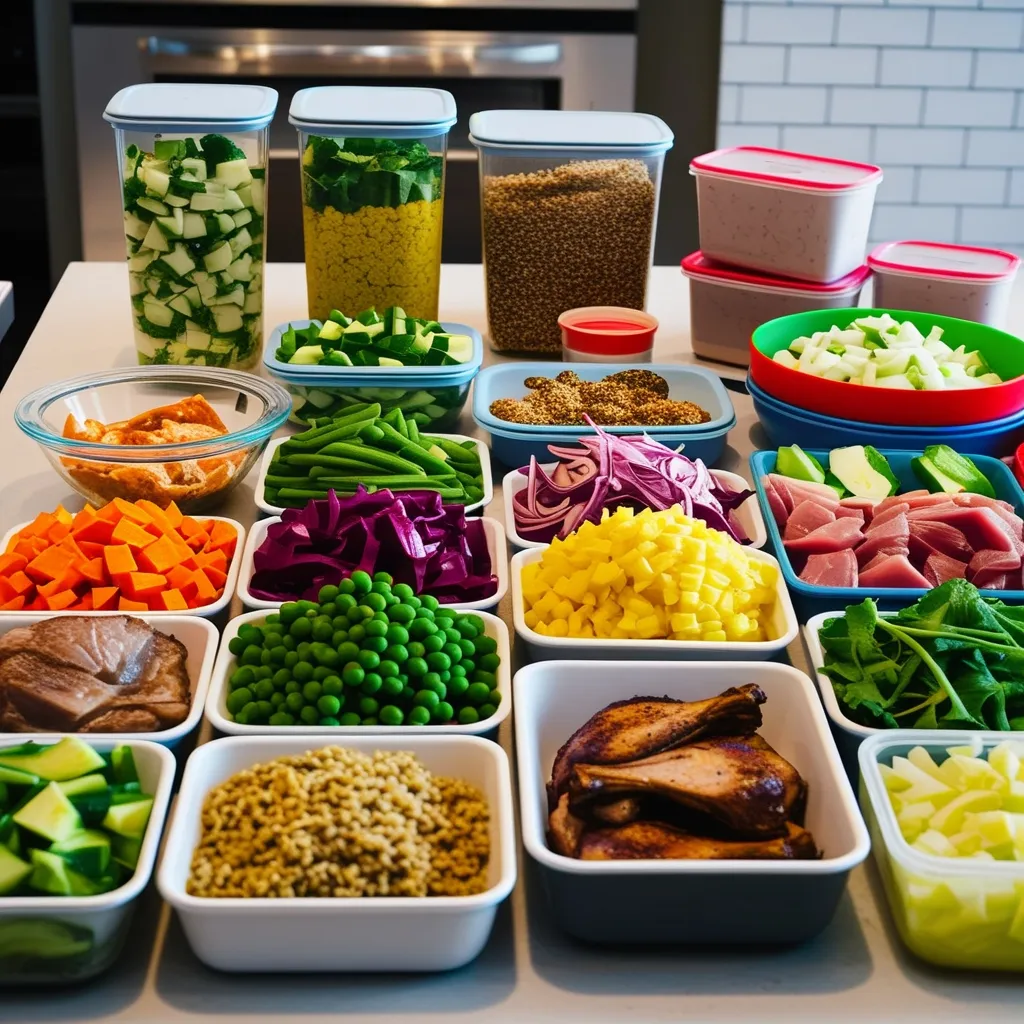If you’ve been paying attention, you might have noticed that meal kit delivery services have become all the rage lately. They’re essentially transforming the whole process of making dinner at home, taking a huge load off our shoulders. If you’re someone who’s constantly juggling work, family, and a social life, meal kits can be a real game-changer. They combine convenience with a chance to try new recipes, making home cooking more accessible and fun than ever before.
So how do these meal kits even work? It’s pretty simple. You sign up for a service, and they send pre-measured ingredients straight to your doorstep. No need to wander up and down the grocery aisles or spend time planning meals for the week. The kits come complete with everything you need to whip up a meal, along with easy-to-follow instructions to guide you through the cooking process. It’s like having a personal kitchen assistant.
One of the coolest perks is the health benefits. Seriously, these kits are a fantastic way to boost your nutrition. Studies show that meal kits can help families eat more vegetables, which is something many of us struggle with. On average, they include about 2.5 servings of veggies per person, contributing significantly to daily nutrition goals. It’s an effortless way to mix in healthier habits and maybe even explore veggies you wouldn’t normally try.
The COVID-19 pandemic also played a big role in the spike of meal kit popularity. With people stuck at home and restaurants closed, meal kits became a lifeline. Revenue for these services soared by 92% in March 2020 alone. The draw? Convenience and the chance to try out new ingredients and recipes right in your own kitchen. Many users find this to be the highlight; about 90% say that discovering new dishes and ingredients is super important.
When we break down the demographics, it turns out that meal kits are a big hit among younger, educated, and relatively affluent folks. Most subscribers are under 34, have a bachelor’s degree, and make over $100,000 a year. It’s clear that meal kits appeal to busy professionals and families who don’t mind spending a little extra for quality and convenience.
But it’s not all smooth sailing. For one, meal kits can get pricey, averaging around $10 per meal per person. If you’re used to shopping for groceries on a budget, this might feel like a splurge. There’s also the risk of not liking a meal, which can lead to waste. And some people find the portion sizes a bit too small. Since the ingredients are perishable, there’s also a ticking clock to use them, adding another task to your to-do list.
On the plus side, the future looks bright for these meal kit services. The market is growing rapidly and is expected to keep expanding, with a compound annual growth rate (CAGR) of 15.3% from 2023 to 2030. This growth is fueled by our ongoing need for convenience and adventurous eating. Meal kit companies are also diversifying, offering options like heat-and-eat meals, vegan and vegetarian choices, and a variety of international cuisines to suit different tastes.
Customer retention, however, remains tricky. Many people are lured in by initial discounts but don’t always stick around once the promotions end. To tackle this, companies are offering perks like same-day delivery to keep users coming back.
Another thing to consider is the environmental impact. While meal kits cut down on grocery store trips, they do generate a fair bit of packaging waste. Some companies are actively working to improve this by using sustainable packaging and streamlining their supply chains to reduce waste.
Then there’s the social aspect. Meal kits have become a way for people to bond. Cooking together can be a fun and engaging activity, adding a layer of social interaction to our daily routines. Whether it’s a family night or a cook-along with friends, these kits make it easier to create shared experiences around food.
To keep things fresh, meal kit services are all about customization and variety. This might include partnerships with popular restaurants to offer beloved dishes or introducing exotic cuisines to spice things up. These efforts help maintain the excitement for subscribers, encouraging them to stay on board.
In conclusion, meal kit delivery services have redefined home cooking, offering a perfect blend of convenience, nutrition, and enjoyment. Sure, there are challenges like cost and packaging waste, but the benefits—from healthier eating to enriched social interactions—make them too good to overlook. As this market continues to evolve and grow, meal kits are proving to be a deliciously hassle-free way to enjoy cooking at home.






